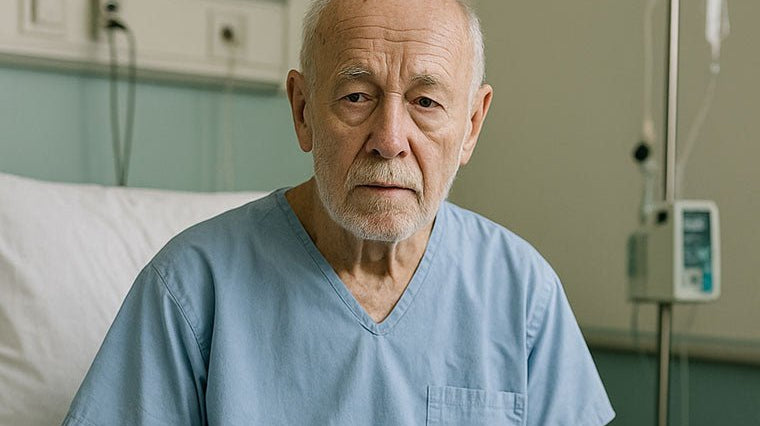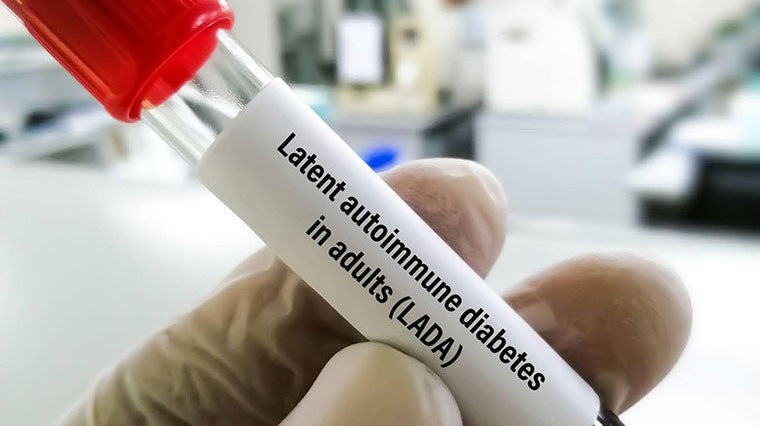News
Hospital at Home Programme in the UK: Set Up with QuickChange
With the spread of the epidemic in 2019, hospitals became overcrowded, creating a need to relieve them of patients. This is how the Hospital at Home programme actually appeared. The programme has become a comfortable and efficient solution for both patients and hospitals. Many people have the opportunity to use this programme, including patients with limited mobility and urinary incontinence. In the United Kingdom, the Hospital at Home programme was scaled up at the beginning of the pandemic with the support of the National Health Service (NHS England). Read the article to learn about the benefits and convenience of Hospital at Home and how to set it up.
Intestinal Microbiota & UTI
Urinary tract infections (UTIs) affect around 150 million people worldwide each year, but in men, they’re less common and often more complex and harder to treat. While prostate issues, aging, and catheter use are well-known male-specific risk factors, emerging research highlights another contributor: the gut microbiome.
Wheelchair Cleaning 101: What You Need to Know
For men with urinary incontinence who rely on a wheelchair, maintaining cleanliness isn’t just about comfort—it’s a vital part of daily health. Urine and fecal matter can easily soil the wheelchair’s surfaces, leading to unpleasant odors, rapid bacterial growth, skin irritation, and infections. Over time, this can severely impact quality of life and even lead to hospitalization. Despite this, wheelchair cleaning is often overlooked or done incorrectly.
The Role of Diet in Urinary Health: Foods to Eat and Avoid for Incontinence
Urinary incontinence affects millions of men, often disrupting daily life and lowering quality of life. While many factors can contribute to bladder control issues—such as age, prostate conditions, or neurological disorders—diet is often overlooked as a contributing and manageable factor. Certain foods and beverages can irritate the bladder, increase urgency, or worsen symptoms, while others may help support bladder function and reduce discomfort.
The Link Between Overactive Bladder, Falls, and Fractures
Overactive Bladder (OAB) is a condition that causes sudden urges to urinate, frequent urination during the day, waking up at night to urinate (nocturia), and sometimes leakage (urge incontinence). OAB affects a large number of men—about 36% over the age of 40, according to European studies. The symptoms of OAB can worsen with age and significantly reduce quality of life by interfering with sleep, social activities, and daily routines.
Identifying Risk Factors for Urinary Retention and Infections After Hip or Knee Replacement
Hip and knee replacements are among the most common orthopedic surgeries in aging male populations, with over 62,000 procedures performed annually in Canada alone—a number that has more than doubled in the past decade. While these surgeries significantly improve mobility and quality of life, they are not without risk. One frequently overlooked but clinically important complication is postoperative urinary retention (POUR), particularly in male patients. In a large study of over 1,000 patients undergoing elective hip or knee arthroplasty, the 24-hour incidence of POUR reached 43.3%, with male sex increasing the risk nearly fourfold. Factors such as spinal anesthesia and intrathecal morphine further contribute to this elevated risk.
Managing Intertrigo and Urinary Incontinence: Preventing Skin Breakdown and Enhancing Care
Intertrigo is a localized inflammatory condition that develops within skin folds due to friction, moisture, and body fluid exposure, including sweat and urine. In men, urinary incontinence (UI)—often associated with aging, prostate conditions, and immobility—compounds this risk by creating a persistently moist environment that promotes skin maceration and breakdown. Once skin integrity is compromised, there is an elevated risk of secondary infections, pain, and diminished quality of life.
Managing Urinary Incontinence And Latent Adult Onset Diabetes
Latent Autoimmune Diabetes in Adults (LADA) is a distinct form of diabetes that exhibits autoimmune destruction of pancreatic β-cells, similar to type 1 diabetes (T1D), but with a slower progression and adult onset. Unlike T1D, LADA patients are typically not insulin-dependent at diagnosis and may initially be misclassified as having type 2 diabetes (T2D) due to overlapping metabolic features.
Urinary Incontinence and Type 2 Diabetes: A Deeper Look at the Connection
Urinary incontinence (UI)—the involuntary leakage of urine—is a distressing and often underreported condition that significantly impairs quality of life in men. Among individuals with Type 2 diabetes mellitus (T2DM)—a chronic metabolic disorder primarily affecting adults—UI is emerging as a prevalent yet frequently underdiagnosed complication. While clinical focus in T2DM has traditionally centered on neuropathy, cardiovascular disease, and glycemic control, its impact on lower urinary tract function has remained relatively overlooked.
Urinary Incontinence and Type 1 Diabetes: A Deeper Look at the Connection
Urinary incontinence (UI), defined as the involuntary loss of urine, affects a significant number of men, with prevalence ranging from 11% in those aged 60–64 to over 30% in older age groups. Despite its high impact on quality of life, only a minority of men seek treatment, and many report persistent frustration with leakage despite intervention.¹ Type 1 diabetes mellitus (T1DM), a chronic autoimmune condition primarily affecting younger individuals, has been increasingly linked to urologic complications such as UI.
Drug-induced Urinary Incontinence
Urinary incontinence (UI) is the involuntary leakage of urine, and while it’s often associated with aging, it is not a normal or inevitable part of growing older. In men, it can result from prostate problems, nerve damage, or bladder muscle dysfunction—but what many don’t realize is that certain medications can also cause or worsen UI.
Why Improving Incontinence Car Can Slow CNA Turnover
Urinary incontinence (UI) remains a prevalent and often under-addressed challenge in nursing homes, affecting both residents and frontline caregivers.












